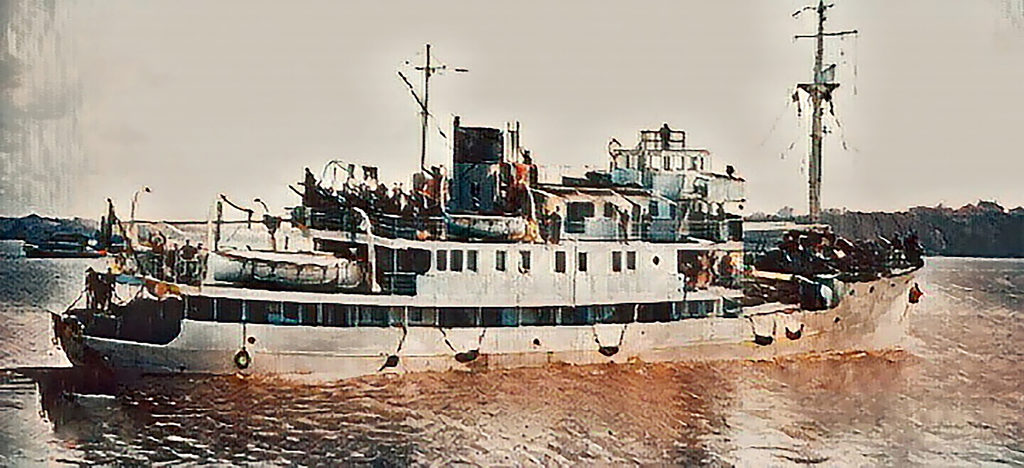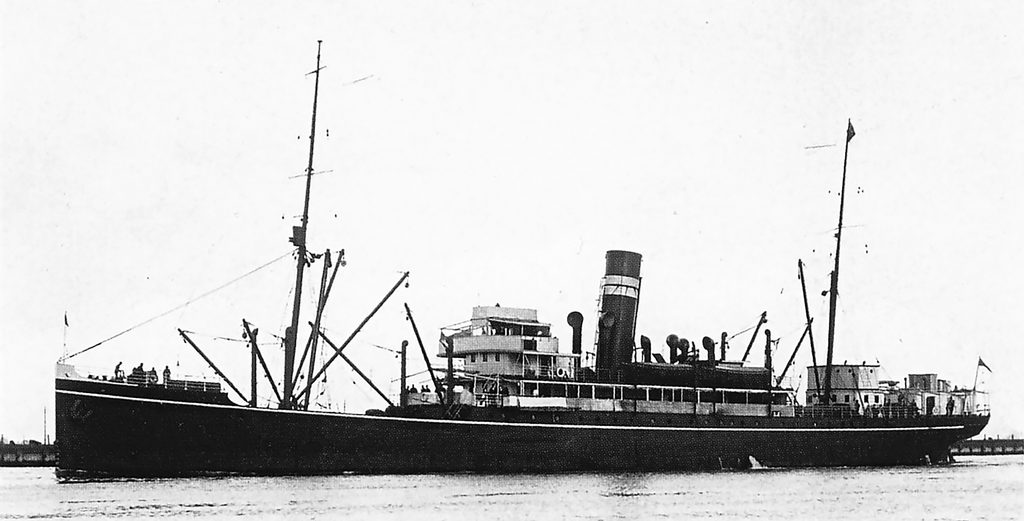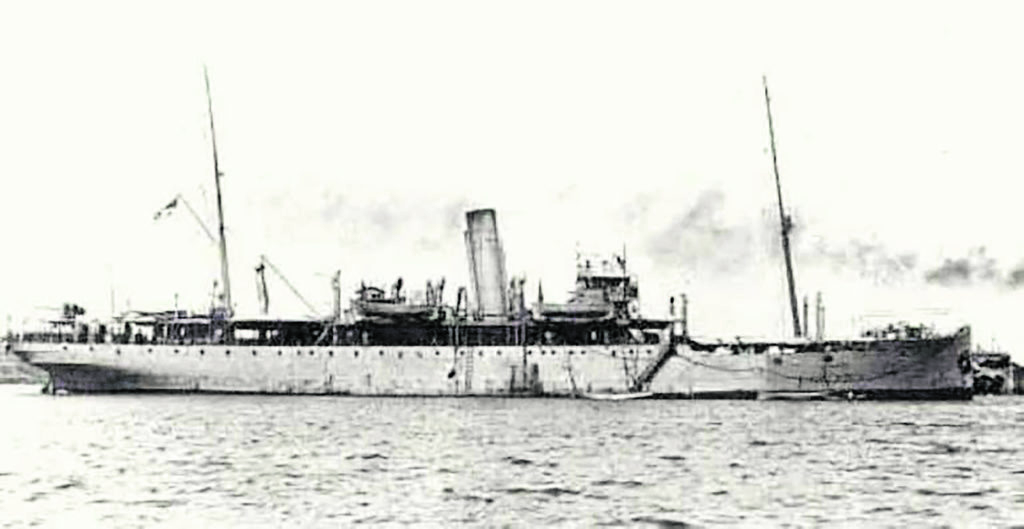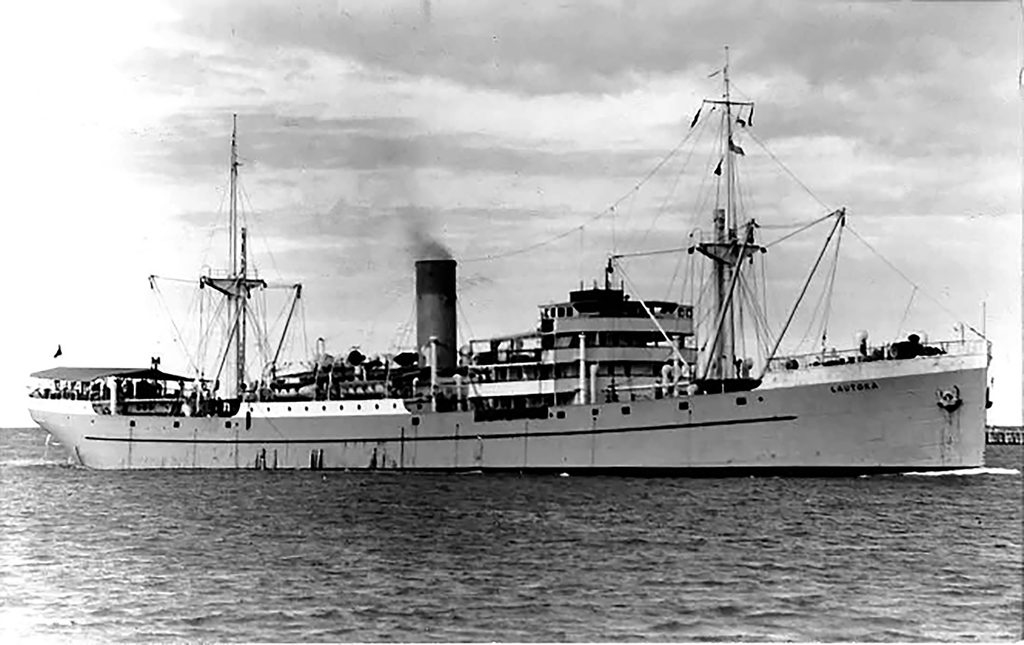A maritime nation relies on a well-established maritime force that provides vital defence for its human and marine resources.
The sea is a vital means for trade where nations exchange goods that are fundamental requirements for the wellbeing of mankind. It is also crucial for providing the essential habitat, resources, and ecosystem functions necessary for their survival and wellbeing of marine life. Today, both mankind and living creatures of the sea rely on maritime force protection.
In ancient times maritime threats were mostly pirates and rival states attempting to control trade routes and coastal areas.
As trade across waterways increased, the need for defence of the naval force also increased to protect merchant ships from pirates, raiders and enemies.
In the late 20th century atomic bombs became a threat in the South Pacific Ocean following Operation Grapple on Christmas Island.
The bomb test threatened the environment where living creatures thrive. The inhabitants of the South Pacific island nations were also threatened as the environment they lived in were exposed to radiation released from the explosion of the bomb. Ionizing radiation is a type of radiation that can damage living organism cells, DNA, potential causing mutations, cancer or death.
Today, we cannot predict wars as many countries are engaged in developing diplomatic relationships and solutions.
However, some developed countries who invest in military security and defence continue to develop and manufacture sophisticated arms and weapons. Unfortunately, these sophisticated weapons have disastrous wastes that are hazardous to the environment that we live in.
Weapon manufacturers have strict regulations for proper disposal of these dangerous wastes. However, some may resort to illegal dumping which may result in environmental and security implications.
The Nazareno Indiscreto published a news article on June 2, 2025 which said that 200,000 radioactive barrels had been dumped in the Atlantic. French researchers launched unprecedented mission to track them down. Such illegal dumping practices may reach the Pacific Ocean and it is high time that our environment must be protected.
Royal Navy presence in
the Fiji waters
In the mid nineteenth century, the only maritime force that was dominant in the world’s oceans and close to continents was the Royal Navy. Its presence in the Pacific was gradually extended in the 1820s.
The British settlement colony in New South Wales on the east coast of Australia was established in 1788 which resulted in their later presence in the Pacific Ocean.
Their presence along the southern and east Asia was due to the trading activities of East India companies followed by other contributing factors of trade in Singapore, Malaysia, Capetown and other countries.
The Royal Navy commenced their naval presence in Fiji waters following the disbandment of the Cakobau Navy in 1873 and the ceding of Fiji to Great Britain in 1874.
The Australian Squadron of the Royal Navy, steamed into Fiji waters on board iron steamships followed by steel steamship during the Fiji’s British colonial rule.
In mid-20th century Fijian seafarers were crew of Merchant Navy Ships transporting goods, passengers and troops across international waters.
These ships played a crucial role in trade, commerce and in supporting military efforts during times of war. The presence of the Royal Navy provided protection for the Merchant Navy Ships.
The presence of the Royal Navy in world oceans including Fiji waters ceased during the outbreak of WWII in September 1939.
Prior to the outbreak of war, Captain James Patrick Williams realised that the New Zealand Division of the Royal Navy was more focused on training and naval tasks in the islands and this was beyond their capability.
He then wrote letters of the Colonial Secretary recommending for a Naval Division in Fiji. In June 1940, the Fiji Government was woken up by the sinking the Royal Mail Trans-Pacific steamer Niagara by a German raider. This resulted in the establishment of the Fiji Naval Volunteer Force (FNVF).
With lack of seamanship guidance, the local naval force only met at night and weekends. Young men shied away from the local force as it was not properly administered and almost looked like a sea scout troop. Then the late Ratu Sir Lala Sukuna sent a message to all native Fijian crew of Merchant Navy Ships to join the FNVF.
The arrival of HMS Viti boosted the FNVF which began seamanship training and naval tasks on board HMS Viti. This was followed by the establishment of the Fiji Royal Navy Volunteer Reserve (FRNVR) in 1942.
Then in the early 1970s Royal Navy ships were summoned to return to their home base. Then the Third United Nations Conference on the Law of the Sea (UNCLOS III) which eventuated from 1973 – 1982 concluded with the adoption of the law of the sea which resulted to the creation of nations’ Exclusive Economic Zone (EEZ) where maritime nations are obliged to protect their EEZ.
This then led to the establishment of the Fiji Navy Squadron of the Fiji Military Forces in 1975.
This article is part of a weekly series supplied by the Republic of Fiji Military Forces Naval Division as a tribute to the Fiji Navy’s 50th anniversary celebration.
The RCS Viti was a vessel built to specifications ordered by the colonial government of Fiji, constructed by Hong Kong’s Taikoo Dockyard between 1939 and 1940, and commissioned in 1940. Commander James P. Mullins served as her inaugural captain, and under his command, she became the first vessel officially designated as a ‘Royal Colonial Ship,’ underscoring her importance to Fiji’s colonial administration. Picture: SUPPLIED

SS Suva on a ‘Banana Run’ circa 1906 between Fiji and Australia. She later served in the Royal Navy and Royal Australian Navy. Picture: I.J. Farquhar/The Log/The Nautical Association of Australia

Auxiliary cruiser HMS Suva in the Red Sea.
Picture: Naval Historical Society of Australia



